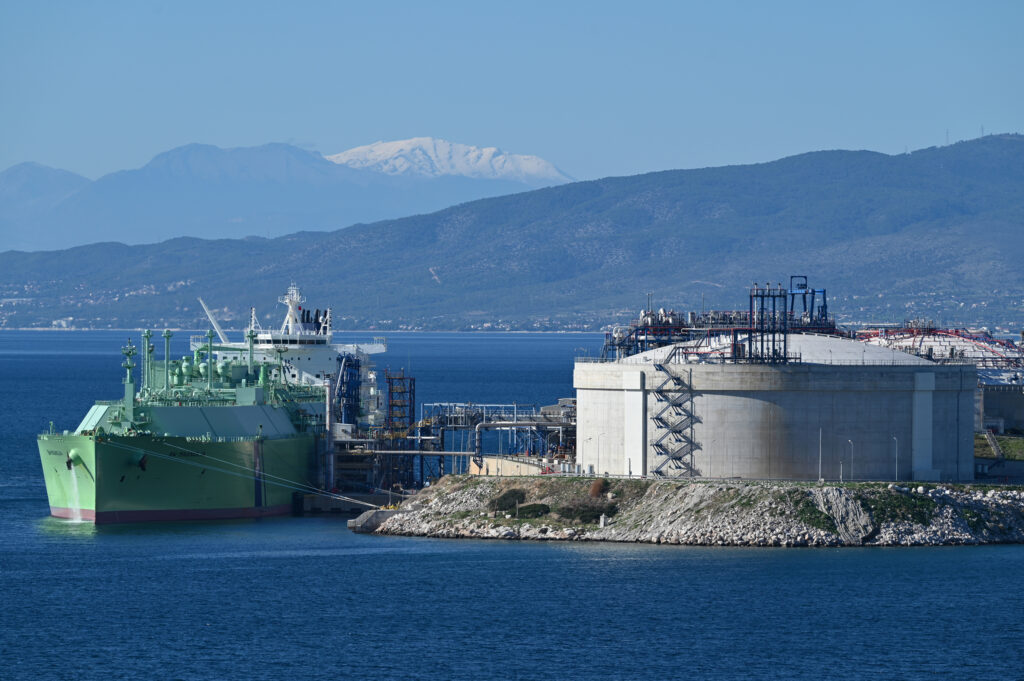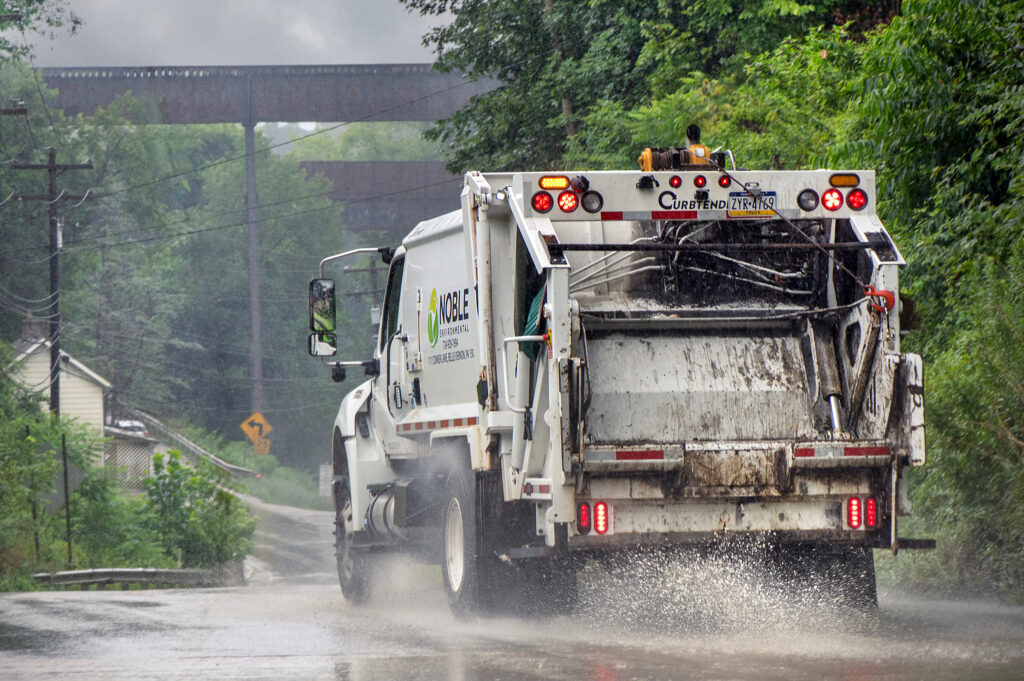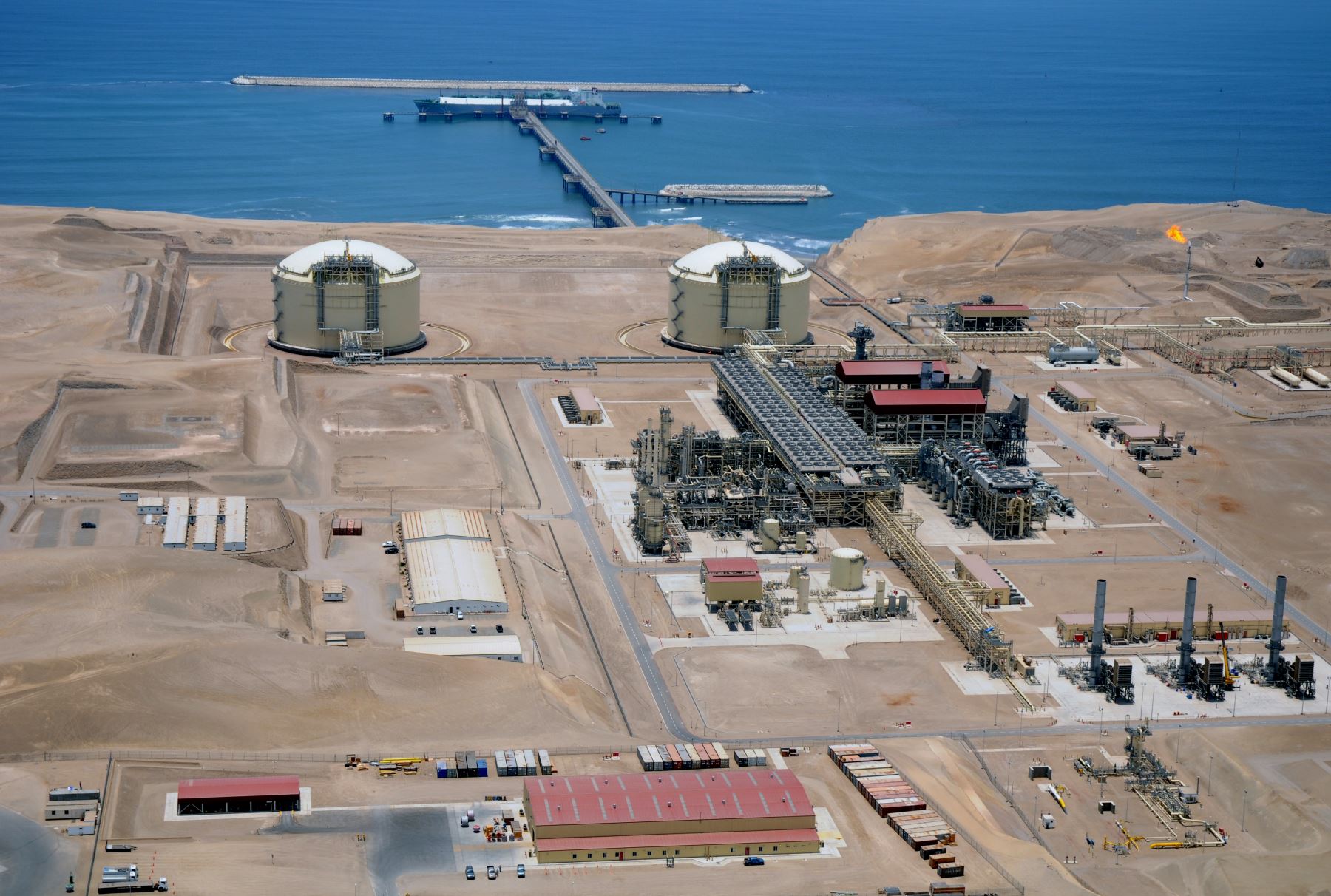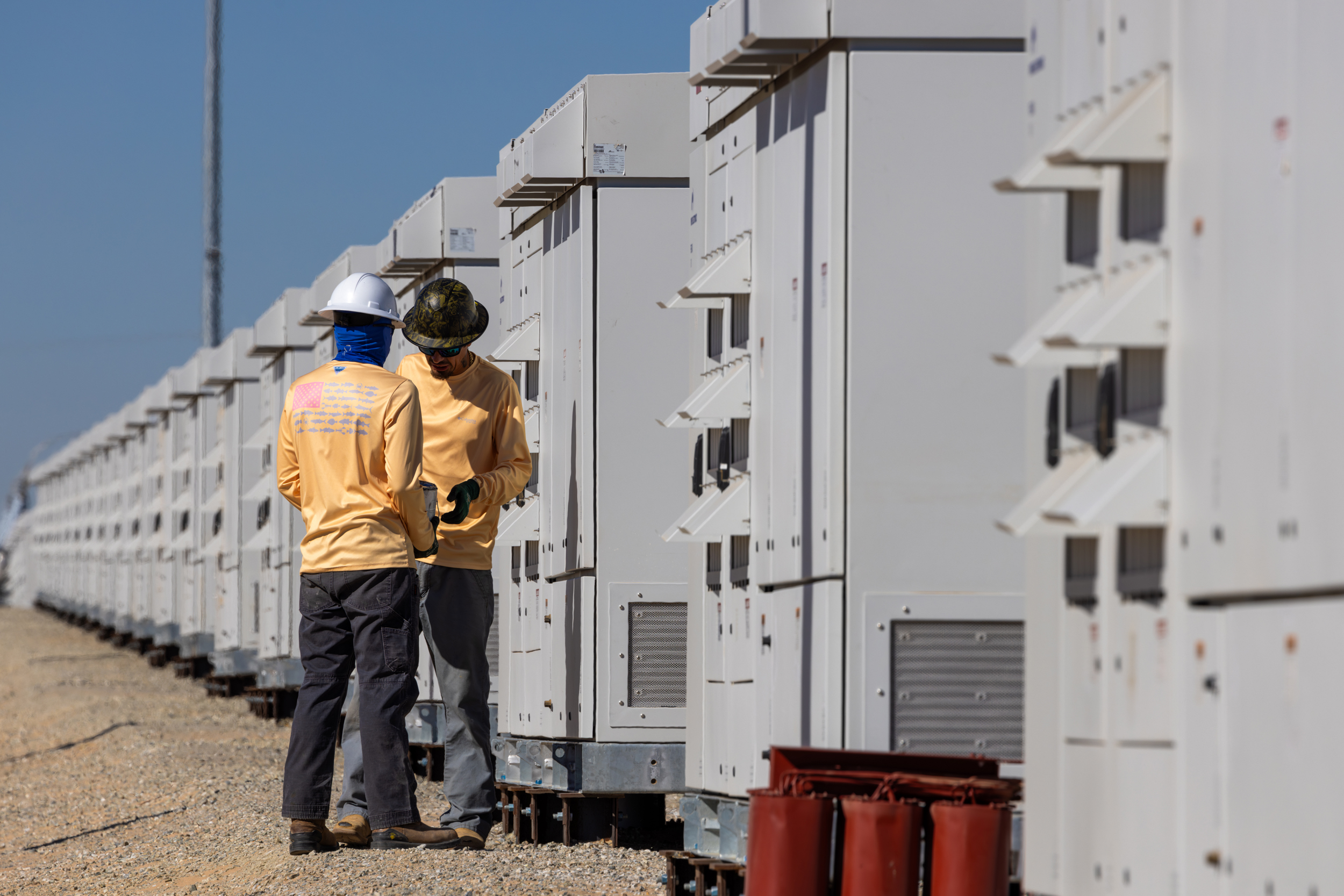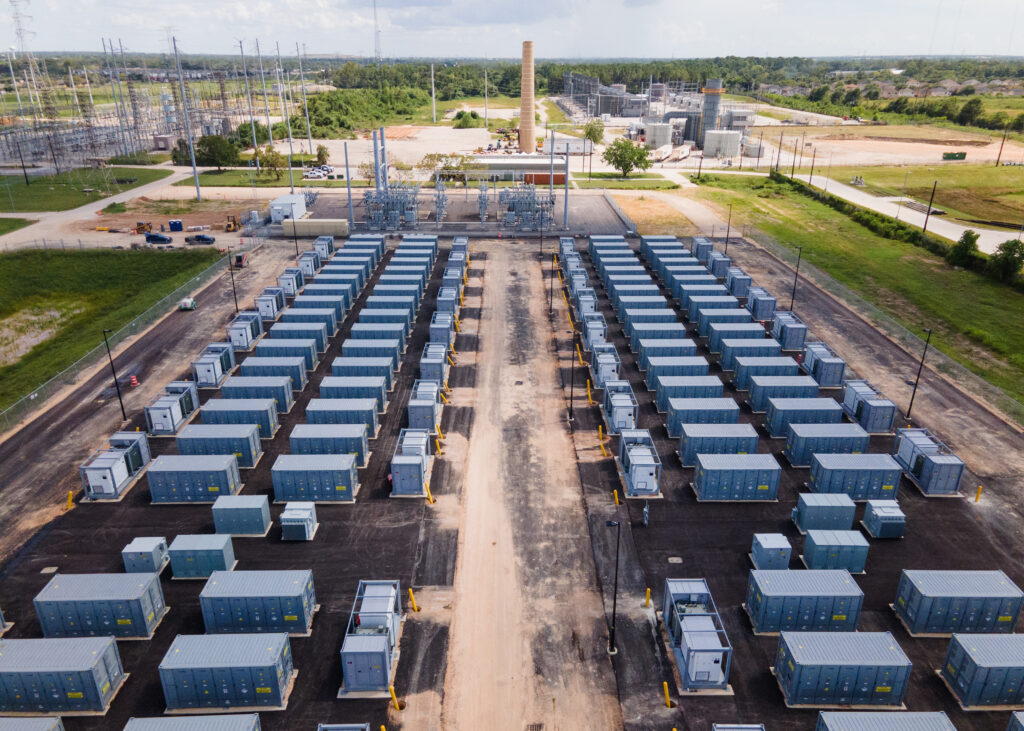Three electric-transmission zones that are wholly or partly in Pennsylvania are expected to see sharp increases in power demand from current and new data centers in the next few years, according to a new forecast from the grid operator PJM, underscoring concerns that the centers may hinder decarbonization and exceed the grid’s ability to supply all the energy people need.
PPL, supplying a region that includes Harrisburg and Scranton, is expected to see its summer peak load demand jump more than 60 percent by 2030 to about 12,000 megawatts, from the 2025 level of just over 7,300 MW, according to the PJM data released in late January.
The Allegheny Power Systems region, where FirstEnergy utilities serve parts of western and central Pennsylvania as well as portions of Maryland and West Virginia, is expected to see load rise to a peak of nearly 10,000 MW by 2030 from about 8,700 MW now. And ATSI, FirstEnergy’s transmission utility supplying parts of western Pennsylvania and Ohio, is forecast to increase its peak load demand to more than 14,400 MW by 2030 from about 12,800 MW now.
In all three cases, PJM attributed its forecast to increased demand from data centers. Transmission zones in other parts of Pennsylvania are expected to show less growth in power demand.
We’re hiring!
Please take a look at the new openings in our newsroom.
See jobs
Across the 13-state PJM area, the load forecast is driven by the growth of data centers, manufacturing and the electrification of buildings and vehicles. By 2030, the summer peak load forecast is expected to be 9.5 percent higher than was forecast for that point just last year, accelerating to an increase of 16.9 percent by 2035.
“This forecast captures the dramatic increases in future energy demand, as evidenced by the last two years when data center development has grown exponentially,” said Aftab Khan, PJM’s executive vice president for operations, planning and security, in a statement.
In 2024, the electricity industry’s research nonprofit, EPRI, forecast annual growth rates in power demand by data centers of 3.7 to 15 percent between 2023 and 2030, and said data centers could consume up to 9 percent of U.S. electricity generation by 2030—about twice the current share. AI queries use about 10 times the amount of power used by regular internet searches, EPRI said.
Pennsylvania has just over 70 data centers, according to Data Center Map, a company that connects buyers and sellers of those services. That’s about twice the number reported in 2018 by the consultant eConsult on the economic impact of data centers in the state.
The state’s planned data centers include one in Upper Burrell, near Pittsburgh, where data center operator TECfusions announced the purchase of a shuttered office and industrial park covering 1,395 acres to meet growing demand for AI. The company plans to use natural gas to generate power on site, it said in January.
The growth fuels concerns among environmentalists that the extra electricity demanded will come mostly from fossil-fuel sources, chiefly natural gas, setting back efforts to reduce the greenhouse gas pollution damaging the climate and driving ever-more destructive disasters.
“People across the country are trying to square the benefits that technology can bring with the real and growing impacts on the environment and consumers,” said Ellie Kerns, climate and clean energy advocate with the PennEnvironment Research & Policy Center, in a statement. The group co-published a recent report on the environmental impacts of data-center growth.
The report, “Big Data Centers, Big Problems,” urged data center owners and regulators to use renewable energy to run the centers, maximize their energy efficiency and reduce their impact on the grid.
For Pennsylvania, the challenge is shown by PPL’s forecast that it will need an extra 5,000 MW for anticipated data-center growth in its territory by 2030. That’s roughly five times the total consumption in all of New Hampshire.
This story is funded by readers like you.
Our nonprofit newsroom provides award-winning climate coverage free of charge and advertising. We rely on donations from readers like you to keep going. Please donate now to support our work.
Donate Now
Those figures come from a January presentation by Kimberly Barrow, vice chair of Pennsylvania’s Public Utility Commission, to the Citizens Advisory Council of the state’s Department of Environmental Protection.
While surging power demand from data centers threatens to derail a shift away from fossil fuels, it may also be an opportunity if it stimulates renewed interest in nuclear power, a zero-emissions source, by the biggest operators of data centers, said Jackson Morris, director of state power-sector policy, climate and energy at the nonprofit Natural Resources Defense Council.
He cited Microsoft’s new agreement with Constellation Energy, owner of one of two nuclear reactors at Three Mile Island, Pennsylvania. The other reactor suffered a partial meltdown in 1979 in America’s worst nuclear power accident.
Constellation’s Unit 1, which was retired for economic reasons in 2019, now aims to restart in 2028, providing all its power to a new Microsoft data center. If such agreements between leading computing companies and power suppliers become more common, it could meet the big new demand for data-center power without slowing decarbonization or raising consumers’ electric bills, Morris argued.
But the proposed sale of a central-Pennsylvania data center to Amazon from Talen Energy, operator of an adjacent nuclear plant, shouldn’t happen because it would involve the temporary loss of a zero-emissions energy source to the grid, Morris said.
“That’s an example of how not to go about this transition because if you cannibalize existing zero-emissions, whether it’s nukes or renewables, you’re actually digging a deeper carbon hole,” he said.
“It’s got to be clean, it’s got to be affordable and it’s got to be reliable.”
— Jackson Morris, Natural Resources Defense Council
The Federal Energy Regulatory Commission ruled against the plan in November 2024, but Talen Energy has asked for a rehearing.
Whatever energy sources are used to supply data centers, the sharply increased demand represents a major challenge to power companies and regulators, Morris said.
“We haven’t seen load-growth projections like we’re seeing now since post-Second World War when the economy was booming,” he said. “What do you do about it? How do you meet it in a way that does not blow through our climate targets, that does not saddle consumers with billions of dollars of upgrade costs to accommodate that load, and how do you do it and maintain reliability? It’s got to be clean, it’s got to be affordable and it’s got to be reliable.”
But predictions that data centers will mean big new demand for electricity may be overblown, argued Sean O’Leary, senior analyst at the Ohio River Valley Institute, a think tank that monitors the economy of western Pennsylvania, West Virginia and Ohio. O’Leary argues that PJM and other forecasters have often overstated anticipated demand growth, and that’s especially dangerous when power produced from natural gas, a fossil fuel, would be used to fill most of a perceived power shortage.
Those arguments got a boost in January with the release of a new model from DeepSeek, a Chinese artificial intelligence startup, which showed that it uses less energy than other AI apps, implying that data centers may not, after all, use as much energy as predicted by PJM and other forecasters.
The release hurt the stocks of U.S.-based AI giant Nvidia as well as energy companies with a Pennsylvania presence, including Constellation and natural gas producer EQT.
If demand does rise, so would prices. But that may provide a strong incentive for some businesses to come up with solutions.
“Rising prices, such as those that would have resulted from the immense increases in demand that were being forecasted, create business opportunities for hardware, software and platforms that offer improved efficiency and, therefore, reduce demand,” O’Leary said.
About This Story
Perhaps you noticed: This story, like all the news we publish, is free to read. That’s because Inside Climate News is a 501c3 nonprofit organization. We do not charge a subscription fee, lock our news behind a paywall, or clutter our website with ads. We make our news on climate and the environment freely available to you and anyone who wants it.
That’s not all. We also share our news for free with scores of other media organizations around the country. Many of them can’t afford to do environmental journalism of their own. We’ve built bureaus from coast to coast to report local stories, collaborate with local newsrooms and co-publish articles so that this vital work is shared as widely as possible.
Two of us launched ICN in 2007. Six years later we earned a Pulitzer Prize for National Reporting, and now we run the oldest and largest dedicated climate newsroom in the nation. We tell the story in all its complexity. We hold polluters accountable. We expose environmental injustice. We debunk misinformation. We scrutinize solutions and inspire action.
Donations from readers like you fund every aspect of what we do. If you don’t already, will you support our ongoing work, our reporting on the biggest crisis facing our planet, and help us reach even more readers in more places?
Please take a moment to make a tax-deductible donation. Every one of them makes a difference.
Thank you,





